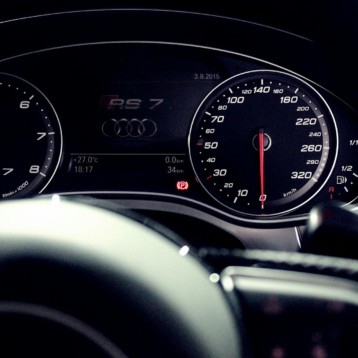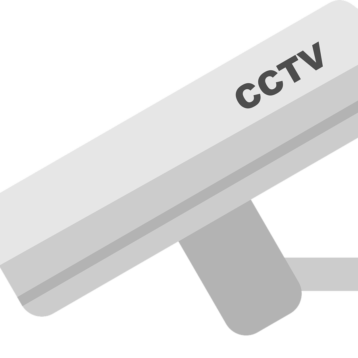
Traffic accidents are some of the most serious problems Americans face every year. An estimated 38,000 people die in car crashes, while another 4.4 million people are injured.
Policy makers, car manufacturers, activist groups like Mothers Against Drunk Driving and individual drivers have all been trying to find ways to address these problems for decades. Fortunately, new advances in technology seem like they are starting to make progress.
Digital technology is helping address traffic safety concerns
A number of new technological developments have been rolled out over the past 20 years in an attempt to deal with traffic safety issues. Unfortunately, some of the earlier technological developments had some limitations.
The biggest problem with earlier attempts to deal with traffic safety issues is that they didn’t eliminate human error. Around the turn of the century, more vehicles were equipped with emergency braking systems. The systems initially helped reduce traffic accidents. However, the benefits were short-lived. Emergency brakes were great at stopping over shorter distance, but it wasn’t long before drivers started waiting longer to apply the brakes. This negated any benefits emergency brakes offered.
Newer technological developments don’t entail the same problems. Many of them rely extensively on digital technology. This technology involves new breakthroughs in artificial intelligence, data analytics and other advances that can remove many of the risks of human error. Digital technology is also offering certain solutions that were not available before.
What are some of the ways digital technology is addressing traffic safety concerns?
Digital technology provides countless benefits for drivers that are trying to stay safe on the road. Here are some important examples.
Rearview and dash cameras
Dash cameras are great for promoting traffic safety. They help drivers keep records of things taking place on the road. This helps other drivers behave responsibly.
One of the biggest challenges many drivers face is trying to backup safely. This is one of the reasons that around 20% of accidents take place in parking lots.
Many new cars are equipped with rearview cameras. Drivers can look in the camera and see any blind spots. Older drivers or drivers with injuries that impair their ability to turn around can also benefit from them. They can easily see everything behind them without having to twist around.
Automated braking systems
Artificial intelligence is becoming more reliable than ever. It is helping more drivers assess safety hazards ahead.
This technology can help improve vehicle braking capabilities. New vehicles have sensors that are able to detect hazards and start braking automatically. Of course, the driver can override them if they want. However, this is a great way for them to ensure they brake quickly enough to avoid accidents. Drivers with slow reaction times will benefit from automated braking. It will also be a good option for drivers that have a tendency to get distracted and don’t apply the brakes in time.
Driverless cars
Driverless cars are going to reach the market in the near future. Google and other companies that have been designing them have made major strides in recent years. The market size for autonomous vehicles is worth nearly $1.5 billion.
Driverless cars are likely to be much safer. One reason is that they will be able to react much more quickly to hazards on the road. Another issue is that they can negate problems caused by drivers being impaired by fatigue or alcohol.
Second generations of driverless vehicles will be even safer. They will probably be able to remotely communicate with each other, so they can avoid collisions. They will also be able to receive information from other IOT devices, such as traffic hazard alerts ahead, which will allow them to respond to upcoming emergencies.
Emergency alert systems
More drivers depend on emergency alert systems these days. They use GPS technology to identify potential traffic hazards. These include traffic congestion, which could cause an accident if drivers don’t change their route or start slowing down. They also tell drivers about upcoming accidents.
Many emergency alert systems also warn drivers about microclimate changes. Roads might seem clear of precipitation or ice at the moment, but that can change in a matter of miles. Alert systems can identify sudden weather pattern changes ahead, so drivers can prepare accordingly.
Digital technology can help reduce traffic accidents
Traffic accidents have been problematic since the invention of the automobile. Society has developed a number of solutions to mitigate risks of accidents over the past century. We changed the drinking age to 21 to minimize drunk driving accidents. We have also used speed limits and made sophisticated highway design changes to address these concerns.
However, new developments in digital technology could bring much bigger benefits. They will help reduce problems caused by driver error, which will potentially make traffic accidents almost nonexistent.










